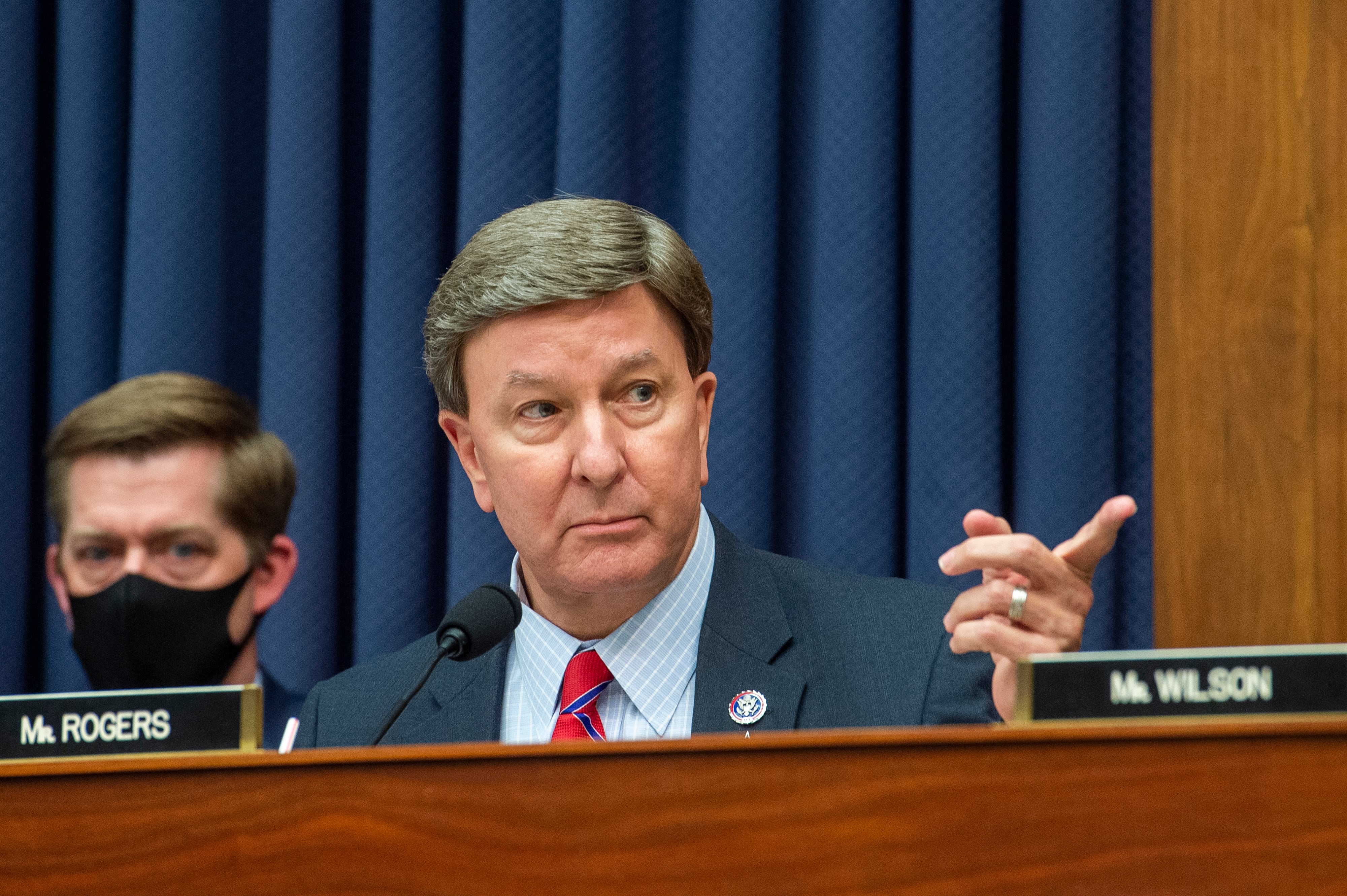During his recent confirmation hearings to be the 20th Chairman of the Joint Chiefs of Staff, Gen. Mark Milley cited the need for the joint force to improve its information related capabilities and the ability to integrate them to better counter Chinese and Russian information warfare and influence operations. This was refreshing news for DOD information professionals, which includes cyber and electronic warfare, who were invigorated by the 2018 National Defense Authorization Act and the intense support from former Secretary Mattis.
After Secretary James Mattis and his information warfighting knowledge departed, momentum faded. The new chairman has a big load to bear as nothing has improved as slowly as information integration in the DOD over the past two decades. Despite fits and starts to improve at least counter-influence of our adversaries after Sept. 11, the Iraqi surge, a Secretary Bob Gates-led review and reorganization of DoD information efforts, numerous interagency and combatant command countering violent extremist efforts, and now Russian election meddling, DoD information efforts flounder.
At the national and strategic level, Congress directed the executive branch to take several steps. The 2018 National Defense Authorization Act Section 1637 directed the President to counter foreign influence by tasking a National Security Council official to lead the effort. It also authorized the Department of State Global Engagement Center to lead interagency coordination, taking this responsibility from the Center for Strategic Counterterrorism Communication, created in 2011, and allowing the Pentagon to transfer funds to the center. Those in the know contend the center has improved its coordination with the combatant commands at the operational level – a good start.
Meanwhile, the services are improving how they organize, train and equip for warfare in the information age. The Navy has the organized its information forces under cryptology/SIGINT, cyber, electronic warfare, information operations, intelligence, networks, and space disciplines and created the Naval Information Warfare Development Center for new capability. The Air Force has merged the 24th and 25th wings to consolidate cyber, space, and IO capabilities within a single information warfare command. The Marines have a Deputy Commandant for Information which combined the intelligence branch and those forces previously organized under cyber, electronic warfare and information operations, created the Marine Expeditionary Force Information Group Information units, and now their own Military Information Support Operations forces. The Army has created two new intelligence, information, cyber, electronic warfare and space battalions, a new cyber warfare support battalion and is edging toward reorganizing Army Cyber Command as an information warfare command.
All of this is good news. Unfortunately, it is not enough. For all of the organize, train, and equip efforts by the services to improve their tactical information capabilities, none of it matters much if they don’t get in the fight. Tactical capabilities are not where the crux of the nation-state cyber related influence occurs. Whether it is Russia influencing the Ukraine, Crimea or Poland or China interfering in Korea, Japan, or Vietnam, the operational level or combatant command level is the main event for cyber enabled information operations. The combatant commands have few assets to affect this area.
For several years, U.S. Central Command conducted web operations to counter violent extremists in the region. From 2016-2018, U.S. Cyber Command directed Joint Task Force (JTF) Ares, which Army Cyber Command primarily resourced, to oversee counter influence operations of cyber enabled violent extremist influence. According to Fifth Domain, JTF Ares even dabbled in counter Russian influence during the 2018 elections. Since the election, all DOD cyber enabled activity related to countering violent extremist has rightfully moved under U.S. Special Operations Command, which owns the global counter terrorism mission.
This leaves the combatant commands with nothing to conduct cyber-enabled counter influence operations from China, Russia, or anywhere else. As mentioned earlier, this is the main influence event for the combatant commands. The Defense Department does not have the resources to align similar cyber-enabled web operations and counter influence capability to each of the geographic combatant commands.
The standard Pentagon solution to any problem is to create a command and control relationship that operationalizes the problem. The most logical answer is to create a JTF under a functional combatant command to conduct cyber enabled influence and counter influence in support of the geographic commands. From here, the two most sensible choices are SOCOM, which has the capability for the counterterrorism mission, or Cyber Command.
Historically, SOCOM has resisted taking on more than the counterterrorism mission. It shouldn’t do more than counterterrorism. So, the Pentagon could move the existing capabilities from SOCOM or create separate capabilities under Cyber Command just to support the geographic commands and their mission space. If Cyber Command has the lead, then the recently reorganized and information consolidated subordinate service commands would be better positioned to monitor, synchronize, and integrate the operational cyber enabled influence fight with the tactical level. Then, the department would get the most out of its information assets and could dismantle its information vertical and operational and tactical level horizontal silos.
‘De-siloing’ these capabilities and ensuring that the experts those who understand decision-making as well as the information environment exist within the same organization as those with decision-making authorities is absolutely needed. But just as importantly, DOD must overcome the cultural limitations still prevalent across the department.
Increasingly, U.S. adversaries and potential adversaries understand that tactical victories are but one component of conflict and often not the most important component. DOD must push this thinking down to tactical echelons and invest commanders at every level with the tools, doctrine, and understanding gained through exercises and training. But Defense Department leaders need to compete in the operational level influence fight first for the tactical information warriors to have a chance.
Carmine Cicalese served 29 years on active duty including four years as the cyberspace and information operations division chief for the Army’s staff.








